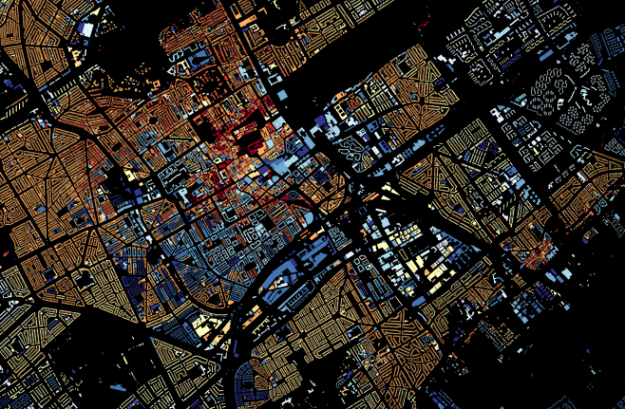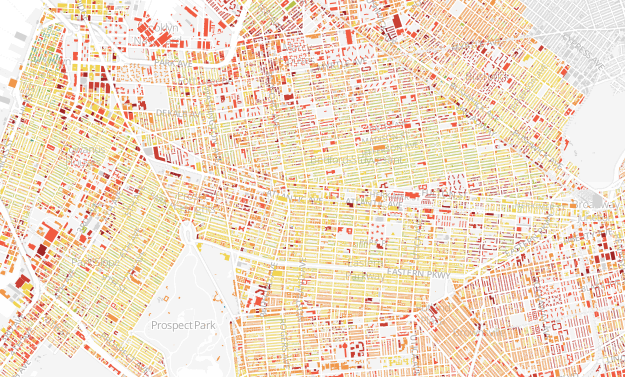You might think that we’ve gone a little quiet since we published the Open Standards Principles last November, but we’ve been working hard on getting together the processes and the people to lead on some of the open standards challenges that you, our users, inside and outside government have told us to focus on first.
We know that having interoperable software and open information and data formats will mean that we can provide better services and bring about a positive change to the way government buys its IT.
So today, we’ve opened up 8 challenges on the Standards Hub that we think open standards can help to solve. This is the first step in identifying open standards for use across government. The Standards Hub will help us to engage with our users and to be completely transparent in how we select and implement our open standards.
The challenges range from:
- transferring information across public safety systems, that could potentially speed up emergency response times and save lives; to
- making us more transparent and accountable through sharing of government data.
Now, we need your ideas, through the Standards Hub, to help us develop the proposals to tackle these challenges.
Getting to grips with document formats
We haven’t included a challenge about document formats at this stage, which many of you may have expected to see. We know how important the document format issue is to you. That’s why we now plan to publish a challenge on document formats once we’ve fully tested the engagement process. We also want the Open Standards Board to be up and running to make sure we can make progress as speedily as possible.
I’ll be letting you know about our plans for that next week.
The government’s IT strategy mentioned that that we’d focus on document formats as part of the first set of standards that we’d consider. We still believe that users should be able to read government documents with the standardised document format reader of their choice.
More challenges and proposals will follow in the coming weeks – this is just the start. If you think there is something else we should focus on, suggest a new challenge through the Standards Hub and we’ll consider it.
We’re looking forward to tackling some of the problems that will make a real difference to how users experience our digital services right across government.
Filed under:
Digital Strategy 

